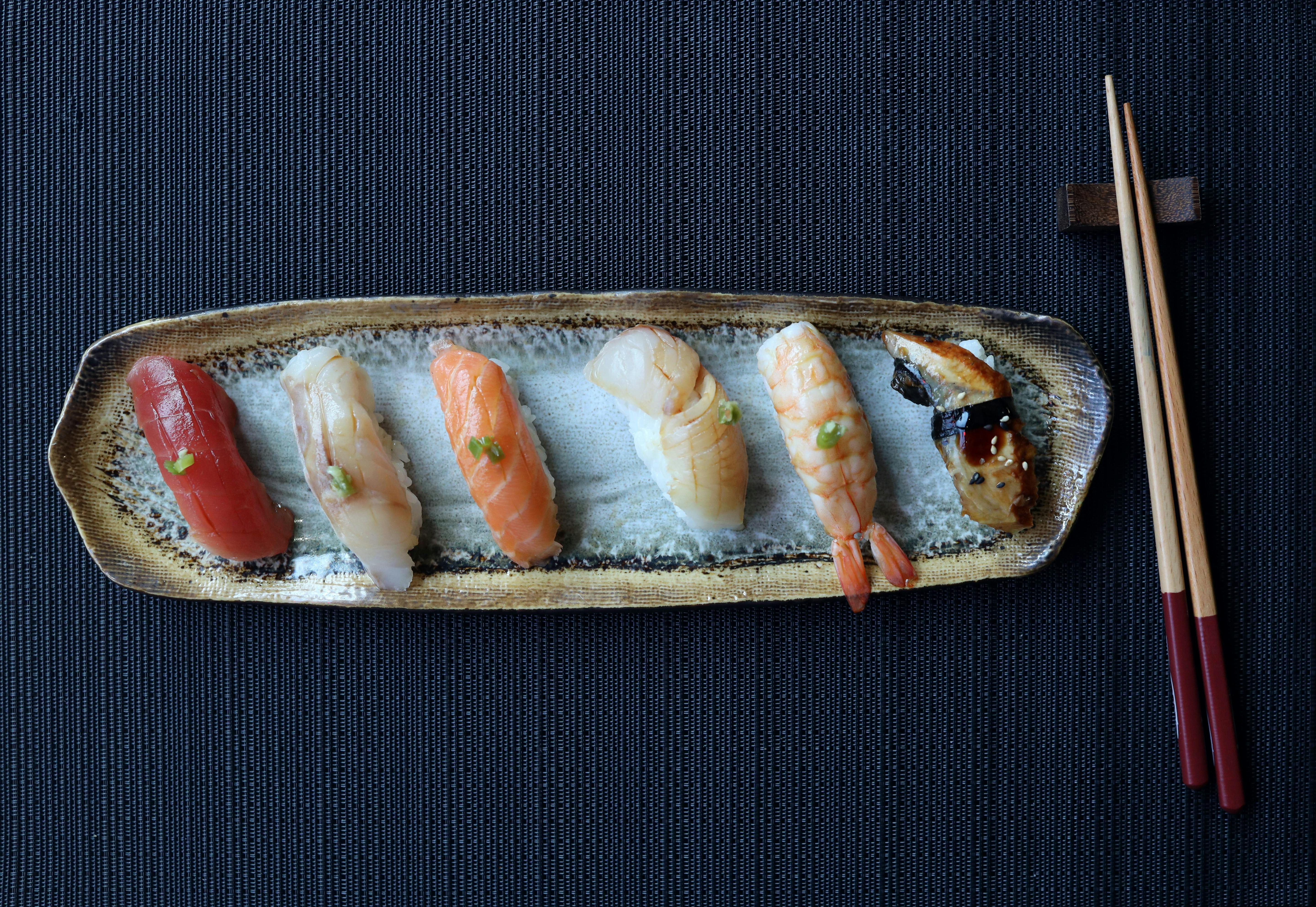
Apply Now


Understanding Fish Nutrition: Essential Insights for 2025
Fish care has evolved significantly over the years, prioritizing the health and well-being of aquatic life. Understanding what fishes eat is crucial for ensuring optimal growth rates, enhancing fish health, and maintaining a balanced ecosystem in both freshwater and saltwater environments. This guide will delve into the various types of fish food, the nutritional needs of different fish species, and effective feeding practices. By the end, you'll have a clearer understanding of how to cater to your fish's dietary needs, whether in an aquarium setting or in the wild. The importance of fish diet extends beyond just keeping them alive. A well-structured feeding regime is vital to the overall health of the fish, directly impacting their growth, reproduction, and stress levels. Nutritional deficiencies can lead to serious health issues, so knowing the right foods and feeding techniques can make all the difference. This guide will explore various aspects of fish feeding, including live fish food, processed diets, and homemade options. We'll look into the specific dietary needs of carnivorous, herbivorous, and omnivorous fish, as well as practical methods for feeding your aquatic pets. Lastly, we'll touch on innovations in fish nutrition, which can further enhance the health and vitality of your fish population. In summary, this article will cover: - The different types of fish food and their nutritional benefits - How to understand the feeding habits of various fish species - The significance of a balanced diet for fish healthTypes of Fish Food and Their Nutritional Benefits
Understanding fish food types is the first step in ensuring that your aquatic friends thrive. There are several categories of fish food, each with unique nutritional profiles suitable for different fish species.Processed Fish Food: Convenience Meets Nutrition
Processed fish food is commercially prepared and typically includes fish flakes, pellets, and granules. These products are designed to meet the dietary needs of specific fish species or classifications. Fish flakes, for instance, are suitable for small fish and are packed with essential vitamins and minerals. Pellets tend to be more nutrient-dense and are excellent for larger fish, making them a popular choice for both aquarium enthusiasts and fish farms. However, it's important to choose high-quality brands that use whole ingredients and are free from harmful fillers. Always check the nutrition labels on fish food products to ensure that they meet the dietary requirements of your fish.Live Fish Food: The Natural Choice
Live fish food is a favorite among species that thrive on natural prey. Options include zooplankton, fish larvae, and insect larvae. Live food provides higher protein levels, essential for growth and reproductive health. Many fish species display a natural enthusiasm and vitality when fed live food, making it an exciting choice for both aquarists and fishes alike. To incorporate live fish food into your feeding routine, consider breeding your own supply or sourcing from reputable suppliers. Ensure you maintain proper safety measures to prevent introducing diseases into your aquarium.Frozen Fish Food: Nutrient Preservation
Frozen fish food is a convenient option that retains vital nutrients needed for fish health. Varieties include chopped fish, shrimp, and even vegetables. While it may require more time to prepare than flakes or pellets, the nutritional content is comparable to live food and can be an excellent addition to your feeding regimen. When feeding frozen food, ensure it is thoroughly thawed, and always avoid overfeeding to maintain a healthy ecological balance in your aquarium.Aquatic Plants and Vegetables: Dietary Variety
Fish aren’t just carnivores or omnivores; many species enjoy a diet that includes plant-based options. Adding vegetables like spinach, peas, or algae can enhance the nutritional content of their diet, providing important vitamins, minerals, and fiber. Herbivorous fish, in particular, benefit from a well-rounded intake of greens. To introduce vegetables, blanch them briefly to soften, making them easier for fish to eat. This variety in diet will not only ensure better health but also stimulate more natural foraging behaviors.The Feeding Habits of Different Fish Species
Transitioning from types of fish food, it's crucial to understand the feeding habits of different fish species to tailor their diet effectively.Carnivorous Fish: High Protein Needs
Carnivorous fish, such as piranhas and angelfish, require a diet rich in protein. Their feeding behavior is adapted to hunting other fish or small organisms, making it essential to provide high-quality protein sources like fish meal or live food. This category of fish often requires several feedings per day to meet their energy demands. When feeding carnivorous fish, monitor their reactions to different food types and adjust portions according to their feeding habits and metabolic needs.Herbivorous Fish: Emphasis on Plant Material
Herbivorous fish, such as goldfish or certain types of cichlids, rely primarily on plant-based diets. They have specialized digestive systems that can break down fibrous materials. Offering a high-fiber diet made up of aquatic plants, vegetable-based food, and algae will optimize their health. It's important to observe these fish as they sometimes graze throughout the day, so providing an adequate supply of plant-based food is essential for their long-term health.Omnivorous Fish: A Balanced Approach
Omnivorous fish have versatile diets and can thrive on a mixture of both proteins and plant matter. Common species include guppies and barbs, which benefit from a well-rounded diet that includes both pellets and vegetables. These fish are less fussy with food types but benefiting from a diverse diet can promote better colors and overall vitality. Feeding intervals for omnivores are generally similar to other fish types, but ensure a balanced intake of varied foods to prevent selective feeding behaviors.Feeding Fish in an Aquarium: Practical Techniques
Feeding fish in an aquarium requires consistency in technique and timing. Fish feeding schedules can vary, but ideally, fish should be fed small amounts two to three times a day. Offering food that they can consume in 2 to 3 minutes is ideal; anything beyond this can lead to water quality issues. Keep records of feeding habits and adjust portions as necessary based on species needs and environmental conditions. Regular monitoring will help maintain a balanced ecosystem for your fish.Developing a Fish Feeding Schedule
Having established the types of food and the specific dietary requirements for different categories of fish, let’s look into developing an effective feeding schedule.Establishing Your Routine
A fish feeding routine can stabilize your aquatic environment. Feedings should generally take place at the same time each day, as fish often develop habits around feeding times. Regular feeding intervals can significantly improve fish health and reduce stress levels. In larger aquariums, consideration must be given to breathing space and territory among various species, which can be affected by overfeeding.Feeding Frequency and Fish Growth
Understanding how often to feed fish is vital for optimal growth and health. Younger fish typically require more frequent feedings compared to adults due to their higher energy needs. Feeding young fish multiple small meals throughout the day fosters healthy growth, while adult fish can thrive with fewer meals. Watch for signs of overfeeding or distress, including uneaten food or increased waste, and adjust your feeding frequency accordingly.Monitoring Fish Health Through Diet
Keeping track of your fish's health involves paying attention to their reactions to specific diets. Healthy fish should display vibrant colors, active behaviors, and efficient feeding patterns. If you notice your fish becoming less active or developing faded colors, reconsider their dietary intake and adjust accordingly. Regularly consult with a veterinarian specializing in aquatics if concerns regarding diet or health arise.Leveraging Innovations in Fish Nutrition
In recent years, innovations in fish nutrition have provided exciting opportunities to optimize fish feeding routines further.Holistic Approaches to Fish Diet
Holistic dietary practices aim to take into account the complete well-being of fish, encompassing their nutritional needs and environmental influences. These methods focus on creating a balanced diet that not only incorporates various food types but also considers the effects of temperature, pH, and tank mates on feeding behavior. By fostering a well-structured feeding protocol, aquarists can enhance the health and growth rates of their fish populations, providing a better understanding of their needs within their habitats.Technology in Fish Feeding Systems
Advancements in technology have resulted in automated feeding systems that deliver precise quantities of food at scheduled times. These innovations minimize human error and contribute to maintaining consistent feeding schedules, reducing stress among fish. Aquarists can monitor feeding rates remotely, ensuring optimal nutrition without compromising aquarium maintenance.Future Trends in Fish Food Production
As we look forward into 2025 and beyond, trends suggest a growing emphasis on sustainable practices within fish food sourcing. With a focus on reducing environmental impacts, innovative solutions are being developed that blend nutrition with ecological responsibility. Exploring new food types like insect protein or plant-based diets offers an exciting and nutritious perspective on fish feeding, aiming to cater to health while supporting environmental initiatives.Frequently Asked Questions About Fish Feeding
What types of fish food are best for my fish?
The best fish food depends on the species you are keeping. Carnivorous fish thrive on high-protein foods, while herbivorous species require plant-based or algae-rich diets. Omnivores benefit from a balanced mixture.How often should I feed my fish?
Generally, fish should be fed small portions 2-3 times a day. Young fish may need more frequent feeding, while mature fish can manage with fewer meals.Are live foods necessary for my fish's diet?
While live foods can provide enhanced nutrition and stimulate natural behaviors, they are not always necessary. High-quality processed foods can also offer well-rounded nutrition for most fish species.How can I tell if my fish is healthy?
Healthy fish display vibrant colors and active behaviors. Any drastic changes in activity or appetite may indicate a dietary or health issue.What should I avoid when feeding my fish?
Avoid overfeeding, as this can lead to poor water quality and health issues. Additionally, steer clear of low-quality food products that contain fillers or artificial additives.
